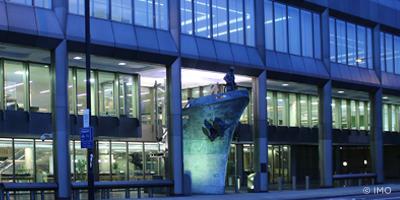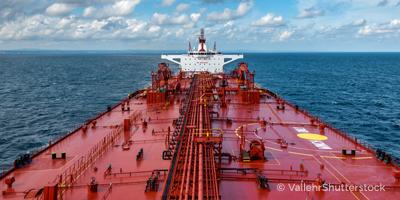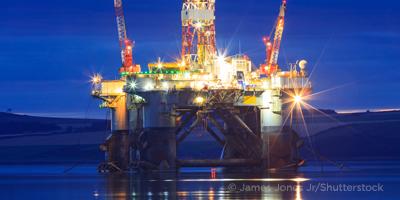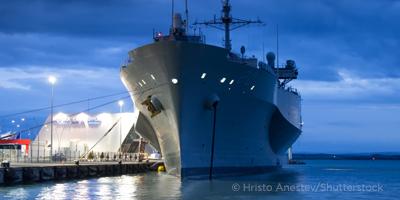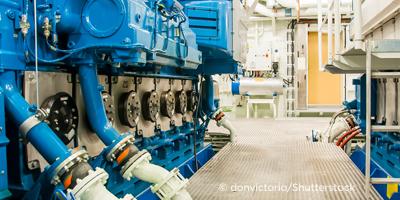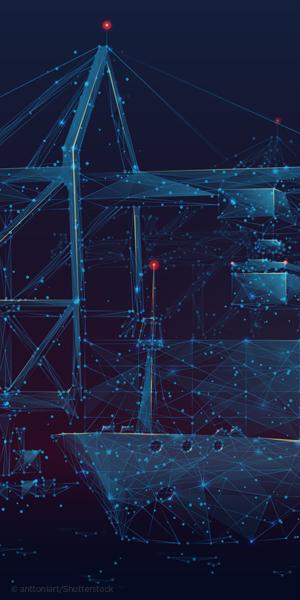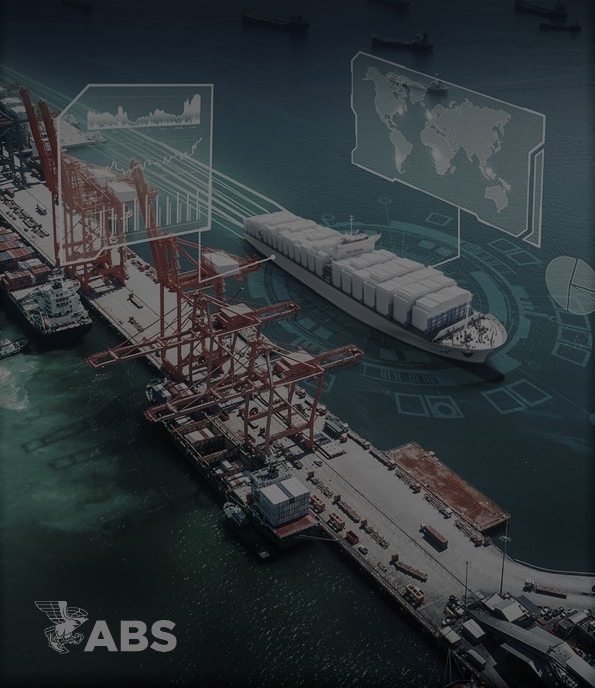The increased share of natural gas in Brazil’s energy matrix has led the national oil, gas and biofuels agency (Agéncia Nacional do Petróleo Gás Natural e Biocombustíveis, ANP) to improve its LNG facility standards and regulations. Part of this initiative involves editing existing documents as new resolutions are created.
Work on the standards and regulations is based on a vast body of diverse international literature, including guidance documents, standards and regulations that address offshore production units (such as floating, production storage and offloading units for liquefied natural gas, aka, FLNG), LNG carriers that transport gas from one area to another, import/export cryogenic terminals and regasification units for injecting natural gas into pipelines.
Many interested parties play a role in developing these documents, including government agencies, developers, industry and classification societies. To develop and make use of LNG, it is critical to follow best practices in each individual area: production units, transportation vessels, liquefaction plants, cryogenic terminals and regasification units.
Authors from Pontifical Catholic University of Rio de Janeiro (PUC-Rio), classification society ABS and its subsidiary ABS Consulting developed a report to facilitate understanding of the available literature on LNG, presenting an overview of standards and regulations along with insights on how to define and apply the concepts of exclusion and safety zones around LNG installations. The report also addresses prescriptive and performance-based aspects of regulations as they apply to LNG.




